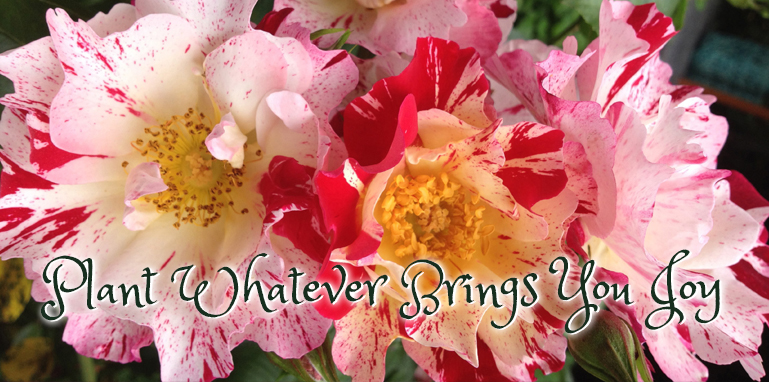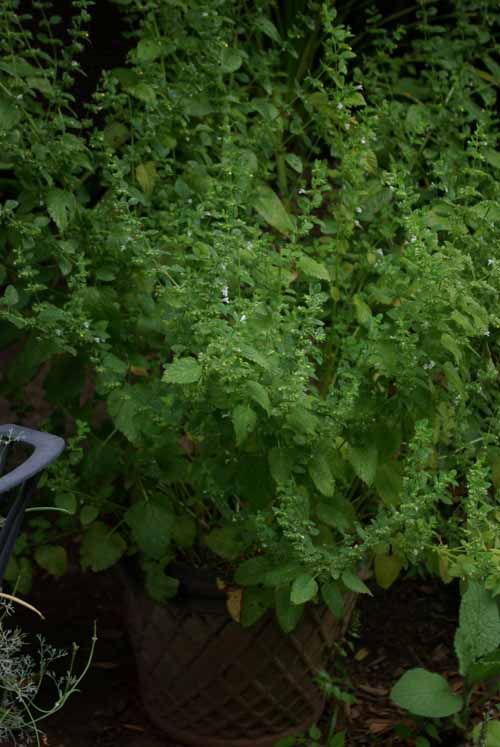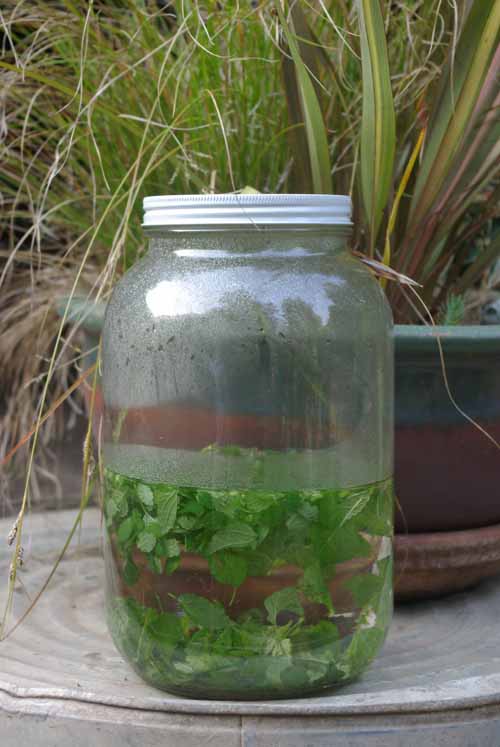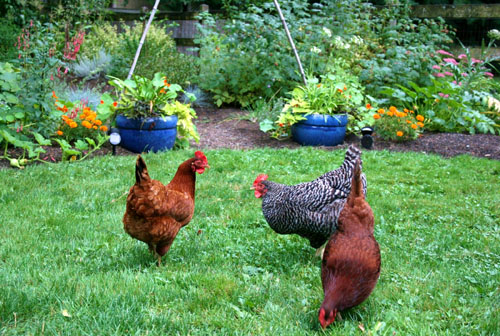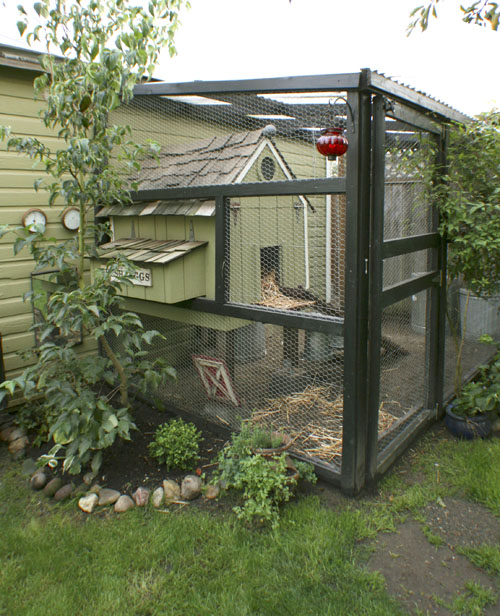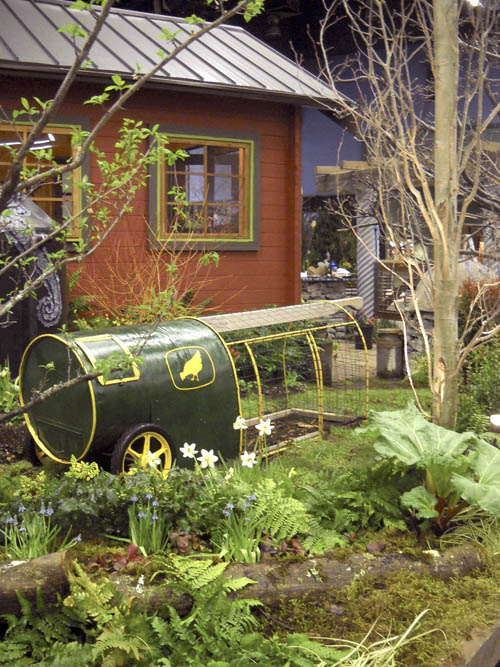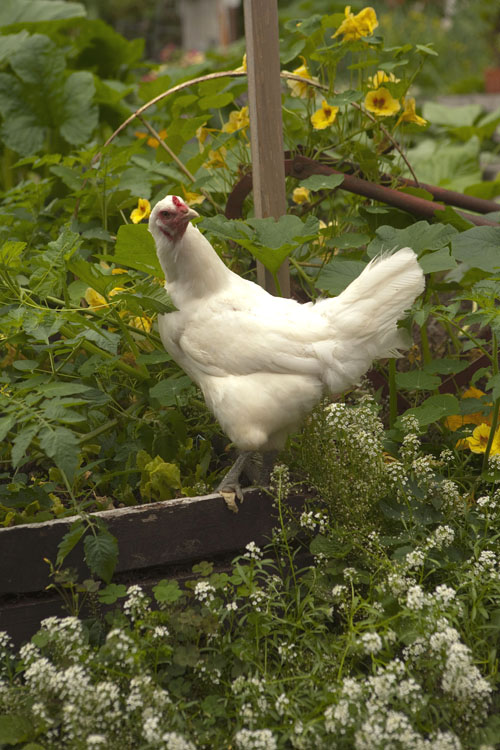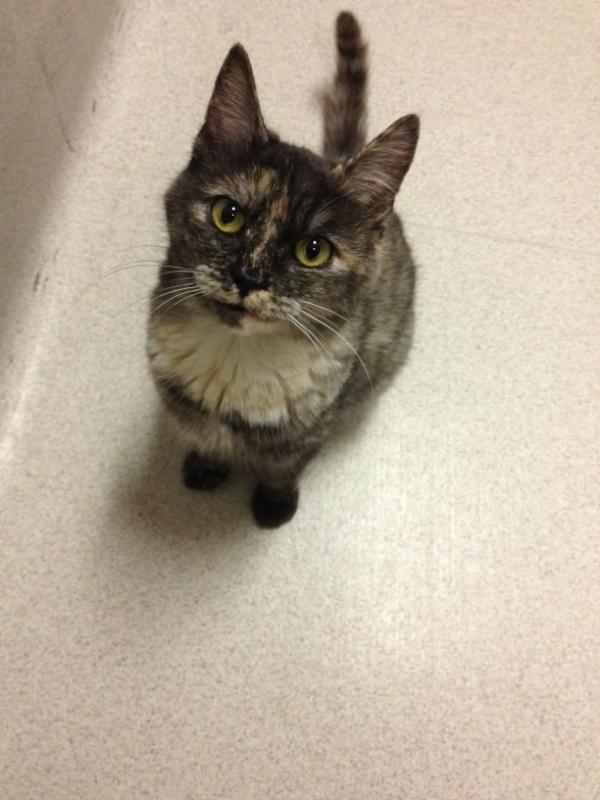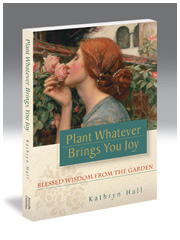I continue to be fascinated not just with herbs, but with herbs that have been used by human beings for thousands of years. Lemon balm, or, formally, melissa officinalis, falls in that category. I think I first became aware of lemon balm through my dear friend Conny, who is German, and, apparently, lemon balm is much more common in Germany than it is here. The Germans make a lemon balm salve which I am now longing to have in my store of medicinal herbs, and I might have to resort to making my own, most likely with a bit of guidance from Henriette Kress’s book Practical Herbs, which you are probably aware I recently reviewed. (She teaches you All Things Herbal!)
I think, in fact, that Conny once sent me home with a bag of dried lemon balm herbs she kindly picked from her garden, and I must confess I was not quite sure what to do with them, and so I did nothing whatsoever. This happens to all of us with new herbs, I think, and rightly so. There is an intrinsic wisdom in not blithely using herbs, but in researching, studying and when we feel we have sufficient information to be confident in our knowledge of the herb, begin to use. Some of them thus will end up being lifelong companions for which we are eternally grateful. I’m approaching that point with lemon balm, so I will share with you how far along I am in my knowledge and perhaps some of you will be moved to join me in its usage.
Years after the gifting of the bag of lemon balm which sat on a shelf for a long long time, unused, I at last found myself foraging herbs in a big box store and found some lemon balm in small containers. I bought two. One ended up in a big pot. It seemed like the right thing to do. The other, rather sadly, did not get transplanted for quite some time. (Don’t ask. This happens. I’m busy.) But one morning it was at last put in a small pot, which was better than its original container, which it did outgrow, poor thing. And I will depart from the point of this post to point out blatantly to what happens when you put a living being (plant, animal or human, take your pick) and put in a confining space:
And what happens to a living being (plant, animal or human) if you put it in a spacious environment with ample room for spreading wings, branches, mind and heart:
Given that I think metaphorically and have based an entire book on using gardening as a metaphor for life, this is the pictorial version, and need I say more? I think not. 🙂
So that happened.
But what to actually do with it?
The overwhelming and predominant usage of lemon balm which I read over and over again in multiple sources was to simply make a tea of it and that it was associated with relaxation. Perfect. I was actually needing something refreshing to drink in the summer evenings, after a hot day. I always have black tea for breakfast, green tea for lunch and I did not want caffeine in the evening, and, while water is nice sometimes, I found I was lacking a cooling drink to have with my light supper. As it turns out lemon balm fills this need quite beautifully. So here’s what I did. I bought a large glass jar to make sun tea, which I had not done in ages. I’m not sure why as it used to be a habit, but one that got misplaced over the years. I used two quarts of water and picked enough leaves from the larger plant that I felt I would have a lovely tea. And I placed in the hot sun in the garden all day long.
The sheer act of doing this was enormously satisfying. I’m very happy I’ve resumed this lovely tradition. And in the evening I brought in the jar, feeling I had something so precious made in the hot summer sun, and added a bit of honey, and then strained it, put in a pitcher and let it cool overnight. The next afternoon I enjoyed the simple pleasure of a chilled glass of lemon balm tea. What a joy!
I am abundantly glad I tried this and to have now added cold lemon balm tea as a standard in my summer kitchen. I especially appreciate that given its relaxing qualities (not unlike chamomile) the tea begins to prepare me for a good night’s sleep. In addition lemon balm aids digestion, adding to its being a good choice for the last meal of the day. I do hope you will try and enjoy.
Love and herbal blessings,
Kathryn xoxo
Footnote: One of the UK gardening bloggers left a comment on FB about this post reminding me it’s way too rainy in the UK at the moment to make suntea. 🙁 Don’t hesitate to make a hot cup of tea with the lemon balm leaves from your garden. It’s very delicious!
Book News: Highlight of the week was unexpectedly finding a review of Plant Whatever Brings You Joy through a random google search in Telluride, Colorado’s local newspaper The Watch! From that review:
The garden as a metaphor is by no means a new literary concept but this is a fabulous packaging of that idea. This gardening blogger and book publicist has mashed up the sentiment of gardening into the reality of life (which means it gets shelved in several sections of the store). Thematic titles abound: Appreciate Small Returns, Move Gently Among the Bees, Reframe All Error as Learning, and Clean Up After a Storm. Fiercely Guard the Seedlings is a sweet paralleling about children. The format—52 lessons through 52 stories—lends itself to a once-a-week devotional. At three to five pages each, they’re easy to fit in as a quick grounding. But don’t just take our word for it; there’s a blurb from the cultural anthropologist who wrote “The Second Half of Life” that heralds “Plant Whatever Brings You Joy” as an “invaluable resource for understanding the garden as a source of healing, growth, solace, joy, wisdom and inspiration.” This small book is proof again that what we all really need, we probably already have or have access to, whether that’s proper gardening tools or the therapy that pulling weeds, helping things bloom, and indigenous wisdom can mete out.
Meanwhile, I’ve been continuing to collect pics of my book on indie bookstore shelves around the country and posting them in a photo album on my new Facebook fan page, quite gratifying, I have to say. 🙂
Posted on July 17th, 2012 by Kathryn
Filed under: Plants | 8 Comments »
